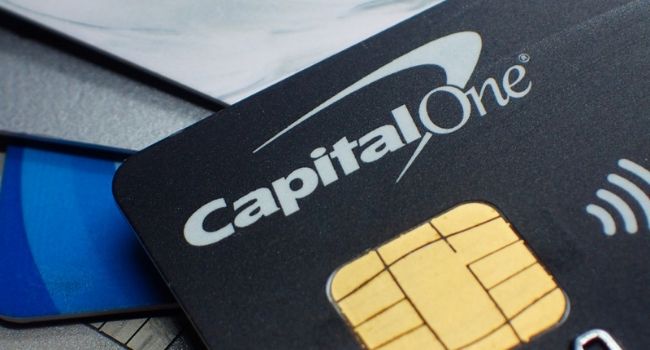
Capital One Breach Jeopardizes Data of Over 100 Million People
A lone attacker is accused of stealing personal information that included bank account numbers and Social Security numbers.
- By Haley Samsel
- Jul 31, 2019
Due to a cyberattack likely carried out by a Seattle hacker, the personal information of over 100 million Capital One customers and applicants has been exposed, the company announced Monday night.
The data most likely to be affected by the July breach was information on consumers and small businesses at the time they applied for credit card products from 2005 through early 2019, Capital One said in a statement.
That information included details that are regularly collected on credit card applications: names, addresses, zip codes, phone numbers, email addresses, dates of birth and self-reported income. But the hacker also obtained fragments of transaction data for a total of 23 days and portions of credit card data, including credit scores, credit limits, balances and payment history.
The massive breach also included about 140,000 Social Security numbers and 80,000 linked bank account numbers of certain credit card customers. About 1 million Social Insurance Numbers of Canadian customers were stolen as well.
The individual accused of carrying out the attack, which affected 100 million people in the U.S. and about 6 million in Canada, has already been arrested by the FBI, The New York Times reported. Paige Thompson, a software engineer in Seattle who formerly worked for Amazon, bragged about her hacking activities online, allowing law enforcement to identify and locate her.
“While I am grateful that the perpetrator has been caught, I am deeply sorry for what has happened," Richard D. Fairbank, Capital One’s chairman and CEO, said in a statement. "I sincerely apologize for the understandable worry this incident must be causing those affected and I am committed to making it right."
The company was alerted to the attack on July 17, when a tipster called into their security hotline warning that some of its customer data was leaking online, the Times reported. Thompson allegedly sought to distribute the information online.
Laurence Pitt, the global security strategy director for cybersecurity company Juniper Networks, said Thompson’s past work for Amazon Web Services -- which houses servers for Capital One -- shows the risk of “malicious insiders.”
“The alleged hacker had previously worked for Amazon, and accessed Capital One servers rented from AWS,” Pitt said. “This would seem to indicate that she either knew of a weakness in AWS and took advantage (unlikely) or retained access to AWS cloud in a way that allowed her to gain access to the Capital One systems.”
Deepak Patel, security evangelist at PerimeterX, said Thompson was able to exploit “a misconfigured web application firewall” to siphon millions of records. “For enterprises with an online presence, even if they are not part of a data breach, it is important to have bot mitigation capabilities to address [account takeover] attacks,” Patel said. “For consumers, it is best to use different passwords on different sites and lockdown their credit records as much as possible.”
Giora Omer, the head of security architecture for security management company Panorays, noted that Capital One is known for its “outstanding” security team and cybersecurity methodologies. Omer’s point: This could happen to anyone.
“This breach illustrates how every company is vulnerable – it could be a large, small, critical or low risk supplier,” Omer said.
The company will offer free credit monitoring and identity protection to all affected, and has issued a set of guidelines for customers seeking to find out if their account was accessed.
About the Author
Haley Samsel is an Associate Content Editor for the Infrastructure Solutions Group at 1105 Media.